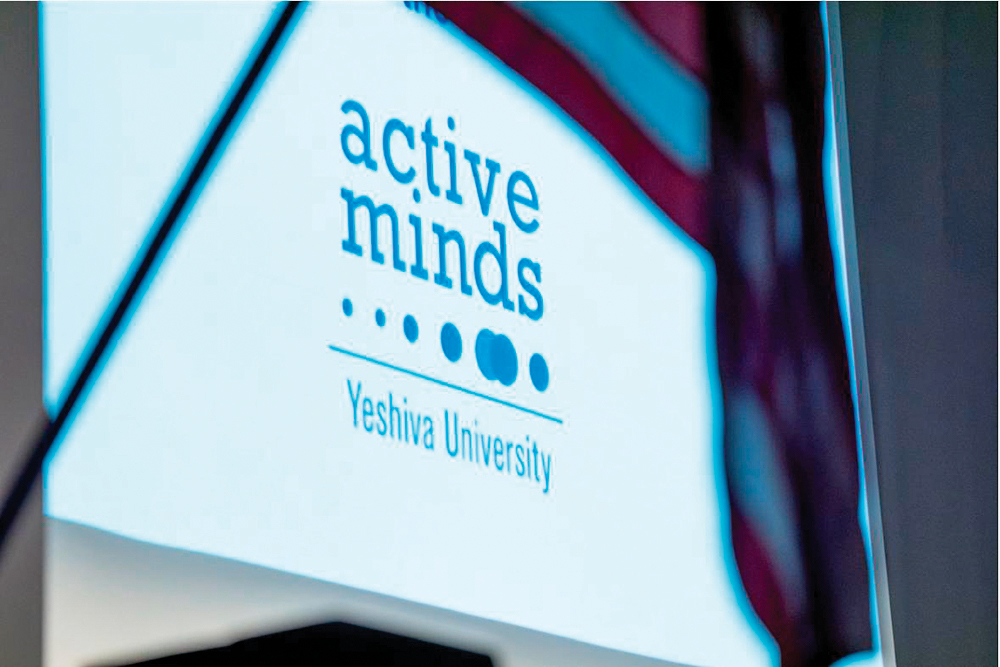


It is axiomatic that if day schools were run like businesses, with only a goal of operating in the black, most day schools would close. At the same time, schools need to be fiscally responsible. How should schools strike a balance between operating in a business-like fashion while striving to provide a dual education to produce proud, educated Jewish citizens?
First of all, we need to understand that schools are not profit centers. Despite high tuitions they require substantial fundraising since tuitions, minus financial assistance packages, barely cover 70 percent of a school’s operating costs. How then can schools become self-sustaining? There isn’t a one-size-fits-all answer to this question. Different schools have different needs, and each school’s ability to raise funds is specific to its constituency.
There are, however, a number of approaches that are historically successful if utilized properly. The various ways to raise funds can be broken down into several categories: traditional and historic, creative and innovative, government grants, foundations, corporate and endowments.
Constantly raising tuition is a non-starter. Families in Bergen County need to earn over $250K to avoid financial aid if they have several children in a school. Salaries do go up as do infrastructure expenses. Perhaps one place to start is to cut down on non-teaching administrative personnel.
By law, private school boards have a fiduciary responsibility to keep a school funded. [N.B. Every school must carry at least $2M D/O liability insurance for each board member since they are personally responsible for a school’s debts.] In many schools this means that to serve on a board entails a financial commitment to give/get $X. Those primarily responsible for fundraising serve on the board. Without a doubt, personal relationships are the best way to engage supporters. People are more likely to support causes they know and trust, or when they personally know someone who’s involved. People give money to people, not necessary the school they represent.
Traditional and historic fundraisers include an annual dinner and journal, a golf outing, theater parties, a trip to Israel, scrip, Amazon Dollars for Schools, Amazon School Rewards, recycling programs, grandparents’ club, birthday cards, a school calendar with sponsors, a community-wide concert, raffles, selling school logo apparel and merchandise, Pesach candy sale, magazine subscriptions, Rosh Hashanah cards, Chanukah oil, mishloach manot cards, cookbooks, pushkas in stores and homes, parnas hashavua (with his/her photo prominently posted), rummage/yard sales etc. Some are big money makers, others are more modest, but they add up.
Creative and innovative fundraisers include 1K or 5K fun runs; Color Run; on-line crowdsourcing; alumni events; hall, room, and gym rental; Shabbat flowers; endowing wings, rooms, offices, shul, gym etc.; mezuzah campaign; and a goods and services auction. The famous ALS bucket challenge is a great example of how social media movements can go viral and raise a lot of money. There could be a funny and engaging way to start a social phenomenon that also brings in funds. Using a comical or an unexpected challenge can be particularly effective in engaging donors who are familiar with viral content and wry humor. Buy One, Give One, i.e. calculate the cost of lunch at a slight premium—buy a lunch, give a lunch can be a creative way to raise money. Some schools have created an elite society whose members pay the full cost of educating a child, i.e., tuition plus $X.
Group purchasing with other schools is not a fundraiser but a money saver. Government grants require much paperwork but funds are available for security, STEM programs, textbooks, transportation, special needs and remediation, children of veterans etc. The state allocates funds to local school districts for private schools. They may not always be forthcoming in what is available. Day schools must be proactive to receive their approved funding. Tuition tax credits in over a dozen states are bringing in millions of dollars to day schools. If all the federations in New Jersey would join forces with the archdioceses and the private school groups, we would have enough clout to get it passed in the state legislature. There is also some funding available from The Jewish Agency.
Private foundations represent the biggest untapped potential. There are hundreds of foundations in our area alone that donate to Orthodox causes. Once you look up a foundation’s IRS 990 form and see who their officers are, it is quite probable that someone knows one of them. The process is laborious but can yield significant funds. Writing the grant application is easy. Finding the right foundation is 1 percent inspiration and 99 percent perspiration.
Many businesses, banks, supermarket chains and large corporations offer community-based grants, and large companies often have matching grants for their employees. A few large schools have endowment funds that throw off a certain amount of income for the schools annually. Every school has people in the investment business. Many successful brokers live in our community. We know that large investments have larger returns than small investments. That is why many groups bundle their investments. I am sure that schools can put together an investment group willing to share some of its larger profits with day schools. Attorneys can also suggest legacies to their clients.
Not every idea is for every school and there are many other good fundraising techniques. Participation rates suffer when schools run too many fundraisers. Figuring out how many fundraisers is too many can be tricky because it depends on the school. Many parents dislike hitting up their friends and family for General Mills box tops, or to buy products such as cookie dough, coupon books or wrapping paper.
Fundraising is labor intensive. The effort to raise $5,000 is not much different from the effort expended to raise $50,000. Whatever activity is chosen, remember they are all people driven. Plan well and choose wisely.
By Wallace Greene
Rabbi Dr. Wallace Greene consults with day schools on management issues, board governance, financial resource development and marketing. He has raised millions of dollars in grants to support Jewish education.










